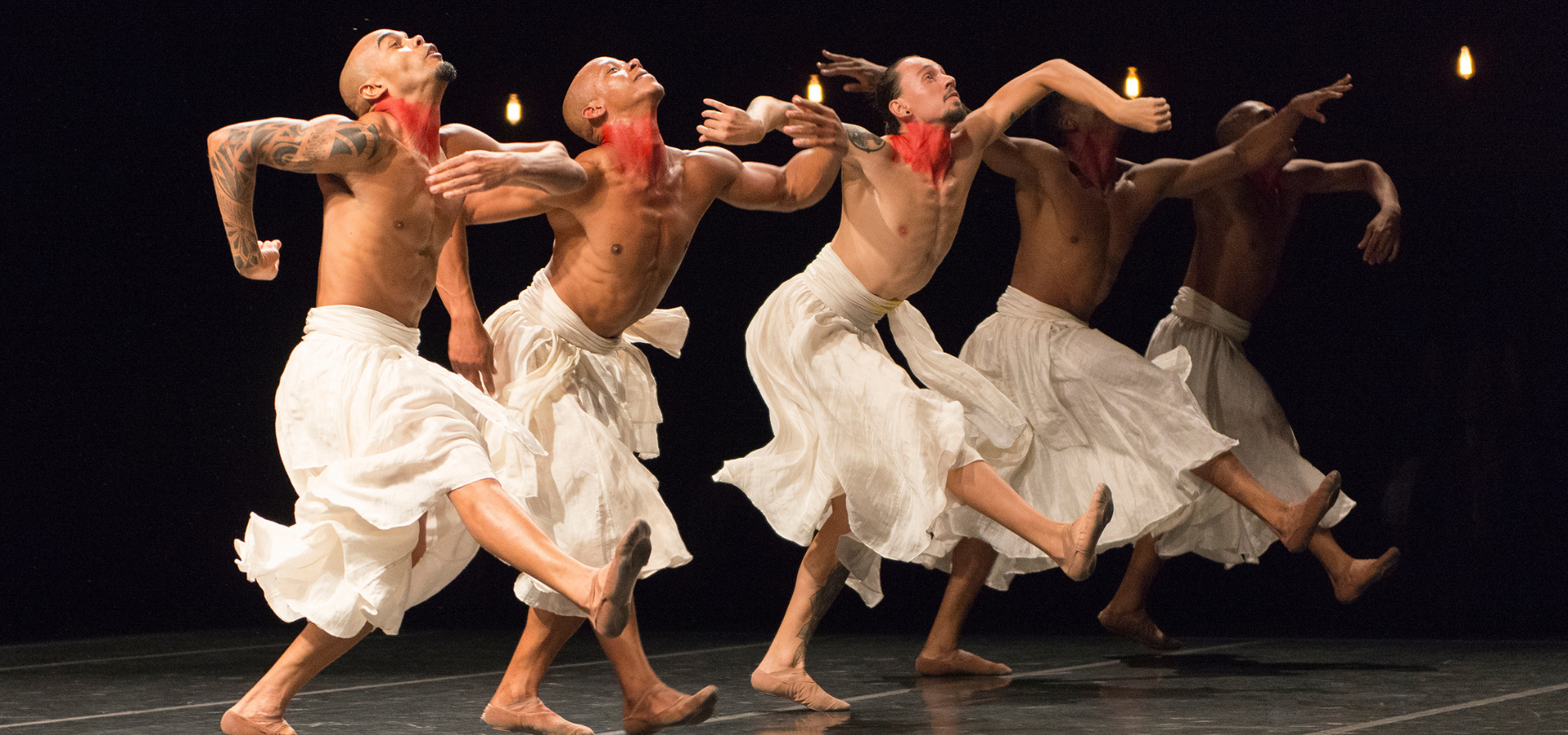
“Fractured History”: What is the Role of Appropriation in Art?
“Some of the best works that I’ve seen both allow you the transport and give you the disquiet so that you are suspended in a state of identification and distance.”
Produced and directed by Mina Girgis, Cal Performances’ Director of Education, Campus and Community Engagement; Directed by Maruf Noyoft; Edited by Diana Brodie. Full credits below.
In the context of this video, the term “appropriation” is used to describe any instance when an artistic element, form, or tradition is used by a creator who is not a member of the originating group. Here, UC Berkeley faculty and Illuminations artists explore the complexities surrounding the application of the “appropriation” label, whether it is always problematic, and to what extent deeming a practice appropriative might protect or limit creative expression.
Learn more about Illuminations: “Fractured History.”
This video features Julia Bullock, soprano and Cal Performances artist in residence; Beth Piatote, PhD, UC Berkeley Professor of Comparative Literature, Director of the Berkeley Arts Research Center; Debarati Sanyal, PhD, UC Berkeley Professor of French, Director of the Berkeley Center for Interdisciplinary Critical Inquiry; and Marié Abe, PhD, UC Berkeley Professor of Music.
Transcript
Julia Bullock:
Questions of appropriation are big and important. As a classical singer, we’re engaging with history.
Beth Piatote:
Appropriation is a really important question. What is that line between appreciation or fusion, or and appropriation and theft? That’s all going to be kind of murky.
Marié Abe:
Because it’s become such a colloquial term, people become paralyzed by what is creatively allowed or what is allowed for you to appreciate.
Debarati Sanyal:
And it’s asymmetrical. When we talk about appropriation, there is a tendency to just cancel rather than engage in the complexities.
And appropriation has been a fact of artistic transmission throughout the ages. It’s translation. It’s homage, right? It’s actually paying one’s respect to a particular tradition.
Beth Piatote:
As an Indigenous person, really appreciate the beauty of our forms, and there’s a big part of me that’s like, “I want everyone to know this story that comes from our culture.” And then I feel like, “Well, I can tell stories from my own culture. Can I tell stories of other cultures?”
Debarati Sanyal:
Music, for instance, I love when flamenco… meets hip hop. It’s seeking connections between different cultures that I think we shouldn’t give up on out of fear of being canceled for appropriating.
Marié Abe:
First, understand the creative process that led to appropriative gestures or practices in its own historical time. Not to give them any excuses, but what was being considered innovative at the time, what were some of the assumptions? How is authorship conceived in the source culture and then the new context.
Beth Piatote:
What are the possibilities of being able to think about what this new form is or what this new question is or set of questions that come out of bringing these forms together? I find that very exciting prospects.
Julia Bullock:
(About Olivier Messiaen’s Harawi) Going through this incredibly intense material, honestly, I did not know anything about arts practice of harawi at all, which is music and movement originated in the Andes Mountains. Messiaen was first exposed to this art form through an anthology, some of the lyrics and also the melodies Messiaen directly quoted. Messiaen, he’s one of those composers who wrote not just music but lyrics that are trying to deal with deeply personal things, in this case, I think a major loss, and find a way through whatever art form to process it.
Beth Piatote:
What was it for him about this art form that he wanted to create this fusion of two great cultural traditions? What will happen if they come together?
Julia Bullock:
When we started to talk about how to stage this work and how we even wanted to begin the kind of research process collectively, and I said it was really important for me to at least engage in some conversations with practitioners of harawi. And so I found two women who danced and sang, and I took a lot of notes. I think as long as we are responsibly engaging with material and then therefore that means looking at history very closely, then the question of appropriation and then the erasure that sometimes, or often, accompanies that cycle can stopped.
Debarati Sanyal:
Some of the best works that I’ve seen, both allow you the transport and give you the disquiet so that you are suspended in a state of identification and distance. I really value those works.
Beth Piatote:
Fracture helps us imagine a world in which these power dynamics don’t exist, and being in that place where those power dynamics don’t rule may be some place we need to go and think about.
Marié Abe:
I don’t think we can quite ever get beyond the questions of cultural appropriation. We probably should just have a chart of bigger questions that you might want to just think through before even conjuring the word cultural appropriation, because that’s just a quick term to evoke this big matrix of complex power relations.
Julia Bullock:
Part of the joy, at least I feel as a musician, I’m healing some of those fractures, or at least trying to rebuild some things.



